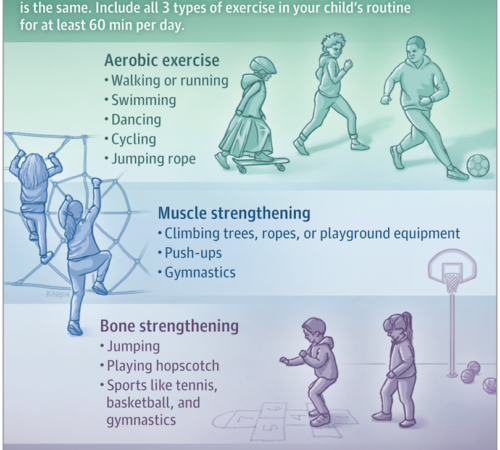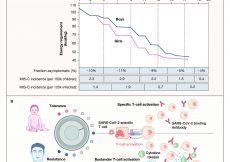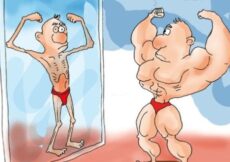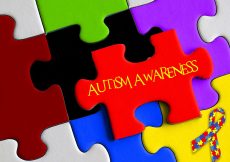May 3rd, 2022
For this year’s observance of Physical Education and Sport Week (May 1-7), the Society of Health and Physical Educators shares National Standards and Grade-Level Outcomes expected for all K-12 students in the United States:
Standard 1: The physically literate individual demonstrates competency in a variety of motor skills and movement patterns.
Standard 2: The physically literate individual applies knowledge of concepts, principles, strategies and tactics related to movement and performance.
Standard 3: The physically literate individual demonstrates the knowledge and skills to achieve and maintain a health-enhancing level of physical activity and fitness.
Standard 4: The physically literate individual exhibits responsible personal and social behavior that respects self and others.
Standard 5: The physically literate individual recognizes the value of physical activity for health, enjoyment, challenge, self-expression and/or social interaction.
According to the American Academy of Pediatrics, a physically literate parent will answer “true” to these 3 statements:
My children and I are physically active enough to break a sweat every day.
My children probably will be physically active as adults.
I will be physically active when I am a grandparent.
Only about 20-25% of children and adolescents get enough healthy exercise — 60 minutes a day or more is recommended — according to the latest CDC statistics. The situation has undoubtedly worsened during the pandemic as group activities and sports participation had to be curtailed.
Dr. Jacqueline Michel and her pediatric colleagues explain the importance of children staying physically fit:
Being inactive has numerous harmful effects on health and well-being. It is linked to many chronic diseases and conditions, such as obesity, diabetes, high blood pressure, heart disease, cancers, and early death. In contrast, there are numerous benefits to physical activity for children, including decreased risk for developing all of these diseases and conditions. Physical activity can also help to decrease stress and improve school performance, sleep, and mental health.
The amount of recommended daily exercise is very much age-dependent. For example, key physical activity guidelines issued by the U.S. Department of Health and Human Services (HHS) encourages preschool-aged children to be physically active throughout the day “to enhance growth and development.” Parents and caregivers are encouraged to engage in “active play that includes a variety of activity types.”
It’s recommended that children and teenagers ages 6 through 17 years should get 60 minutes or more of moderate-to-vigorous exercise (ie. elevated heart rate, sweating, deep breathing) every day:
• Aerobic: Most of the 60 minutes or more per day should be either moderate- or vigorous- intensity aerobic physical activity and should include vigorous-intensity physical activity on at least 3 days a week.
• Muscle-strengthening: As part of their 60 minutes or more of daily physical activity, children and adolescents should include muscle-strengthening physical activity on at least 3 days a week.
• Bone-strengthening: As part of their 60 minutes or more of daily physical activity, children and adolescents should include bone-strengthening physical activity on at least 3 days a week.
Dr. Michel says it’s important that children engage in all 3 types of exercise with each done at least 3 days per week as part of a 60-minute daily routine:
Aerobic exercise should be the majority of the physical activity and can include walking, running, swimming, dancing, cycling, and jumping rope. Muscle strengthening is also important and can include climbing trees, ropes, or playground equipment, doing push-ups, or participating in gymnastics for young children. Bone strengthening exercises include jumping, playing hopscotch, or playing sports such as tennis, basketball, and gymnastics.
The AAP reminds parents that an hour of exercise can be chunked throughout the day:
The 60 minutes does not need to be done all at once. Physical activity can be broken down into shorter blocks of time. For example, 20 minutes walking to and from school, 10 minutes jumping rope, and 30 minutes at the playground all add up to 60 minutes of physical activity. If your child is not active, start from where you are and build from there.
Get some more ideas from the AAP on other activities kids might be interested in doing as part of their 60-minute exercise routine here.
Read Physical Activity Guidelines for Americans 2nd edition from the United States Department of Health and Human Services.
(JAMA Pediatrics Patient Page – April 25, 2022)




































